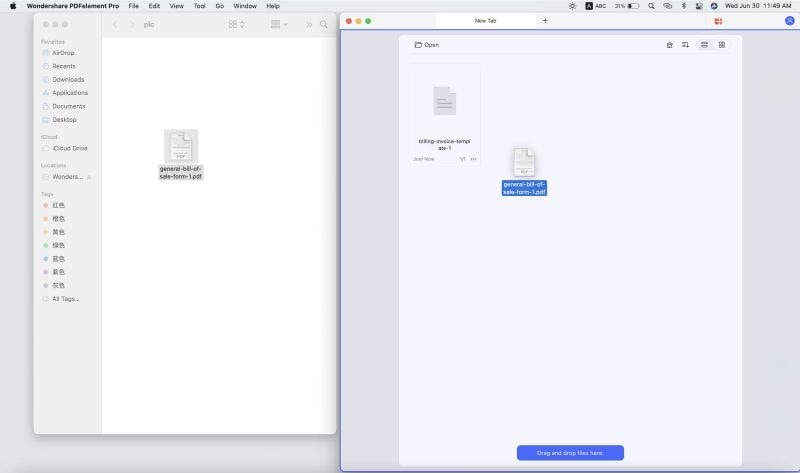

In the Restart Required window, click Restart Now.Īfter the restart, press Ctrl+F5 or reopen the table with geographical data.Appending a csv file with existing data already in another column – iTecTec I am trying to figure out if there is a way to write to an existing csv file (which has a column of masses already) and append it on areas transpose(areas) The first row has some text in columns 2 and 3 and numbers in columns 1,4,5,6,7.įor a demo on CodeSandbox, in code examples on Stack Overflow,or simply to An array is an ordered sequence of zero or more values.

If you accept the risk, click Enable JCEF. Read the notification about possible risks of enabling JCEF.
TRANSPOSE TEXT EDIT WINDOWS
In the Database tool window ( View | Tool Windows | Database), double-click the table with geographical data.Ĭlick the Show Options Menu icon ( ) and select Show Geo Viewer. View geographical data with the Geo viewer To detach the Geo viewer tab from the Services tool window, drag it from the Services tool window.Ĭurrently, P圜harm supports coordinates in the following formats: WKT, WKB, and PostGIS geometry 4326. You can click rows to navigate to the corresponding area on the map or click a pin on the map to navigate to the corresponding row. The Geo viewer opens in the Services tool window. The Geo viewer is a graphic viewer that you can use to explore geospatial data in your database. For more information about installation process, see the Postgis documentation.
TRANSPOSE TEXT EDIT INSTALL
To work with geographical data, you must install the Postgis extension on your PostgreSQL server. If the crash happened, see Recover P圜harm after enabling JCEF. It can happen if you have installed plugins that use JavaFX. In rare cases, when you enable JCEF, P圜harm might crash. The Geo data viewer works only if JCEF is enabled. Using Geo viewer for geographical data in PostgreSQL Right-click the table and select Reload Page from the context menu. Or, when you want to apply the page size limit setting after its change.Ĭlick the Reload Page icon on the toolbar.

You need to reload data for the table view if you want to synchronize the data that you see in the editor with the contents of the database. To preview the query, click the Preview pending changes button ( ) on the toolbar. When you insert, delete, or modify data in a table editor, you can preview the query that P圜harm uses to perform selected operations. To close the pane where the query is shown, press Escape. If necessary, you can select the query text and copy it to the clipboard by pressing Ctrl+C. To see the query that was used to generate the result table, click the Show Options Menu icon ( ) and select View Query. View the query that generated the result set To transpose a table, click the View as button ( ) and select Transpose. You can combine the transpose action with other viewing modes. In the transposed view, the rows and columns are interchanged. You can rotate the table data from rows to columns and from columns to rows. In the database tree, navigate to the table that you want to open. Open the Database tool window ( View | Tool Windows | Database). When this option is enabled, query results are not transposed. To make this mode a default for tables and views, open settings by pressing Ctrl+Alt+S and navigate to Tools | Database | Data Views and select the Automatically transpose tables. You can combine this checkbox with other viewing modes. Transpose: viewing mode in which rows and columns are interchanged. Text: viewing mode in which data is displayed as a text. You might consider using this mode to work with JSON and array data. Data from the expanded children node is distributed between key and value columns. Tree: viewing mode in which data is displayed in the key-value table with the possibility to expand the key cell if it contains children nodes. Data in a table is stored in a cell that is an intersection of a vertical column and horizontal row. Table: the default viewing mode of table data. To switch between these modes, click the View as button ( ) and select the mode that you need. You can browse and edit table data in three modes: Table, Tree, Text, and Transpose. When you double-click a table in the Database tool window ( View | Tool Windows | Database), the table opens in the data editor. The following is only valid when the Database Tools and SQL plugin is installed and enabled.


 0 kommentar(er)
0 kommentar(er)
